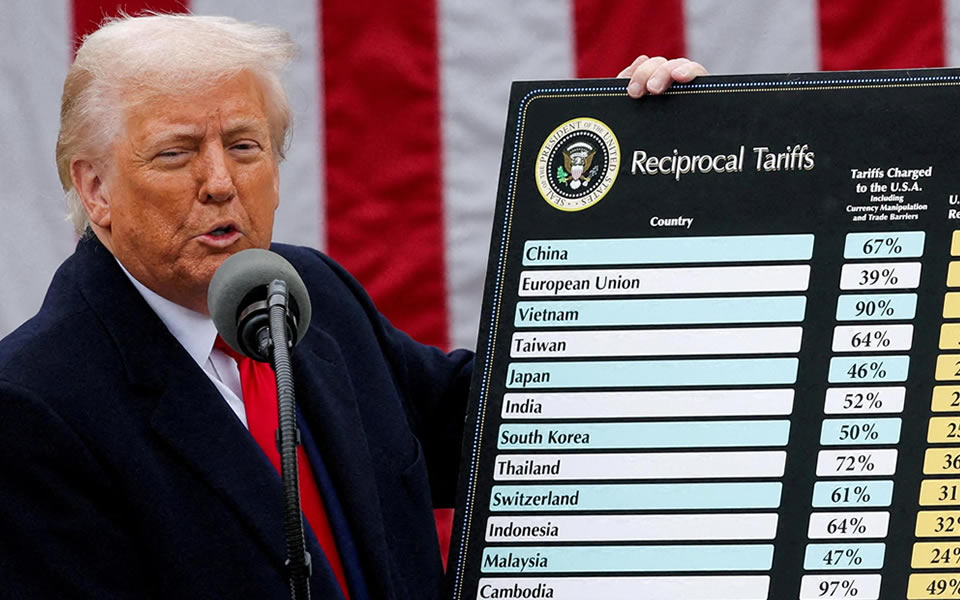
Bandits Attack Police & Abduct More than 40 in Northwestern Nigeria
February 13, 2024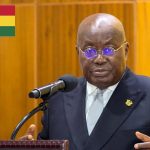
Assessing Ghana’s State of the Nation Address 2024
February 28, 2024M23 IN FOCUS: UNRAVELING THE REBELLION IN THE DRC
What You Should Know
- Origins: The March 23 Movement (M23) emerged from the National Congress for the Defense of the People (CNDP) and is named after a violated peace deal with the DRC government dated March 23, 2009.
- Ideology & Objectives: The group's stated ideological foundation is rooted in protecting the Tutsi community in the DRC against perceived persecution by the Armed Forces of the Democratic Republic of the Congo (FARDC) & the Democratic Forces for the Liberation of Rwanda (FDLR).
- Operational Region: The group is mostly active in the North Kivu region of the DRC. However, following a resurgence in 2021, it has seized key territories and impacting regional security.
- External Support Allegations: Accused of receiving support from Rwanda and Uganda, as per UN reports and international watchdogs, despite denials by both nations.
- Human Rights Violations: Implicated in war crimes, including mass rapes, killings, and use of child soldiers, documented by international human rights organizations.
- Regional Impact: M23's activities have intensified regional tensions, particularly affecting DRC's relations with Rwanda and Uganda, and have led to significant humanitarian crises.
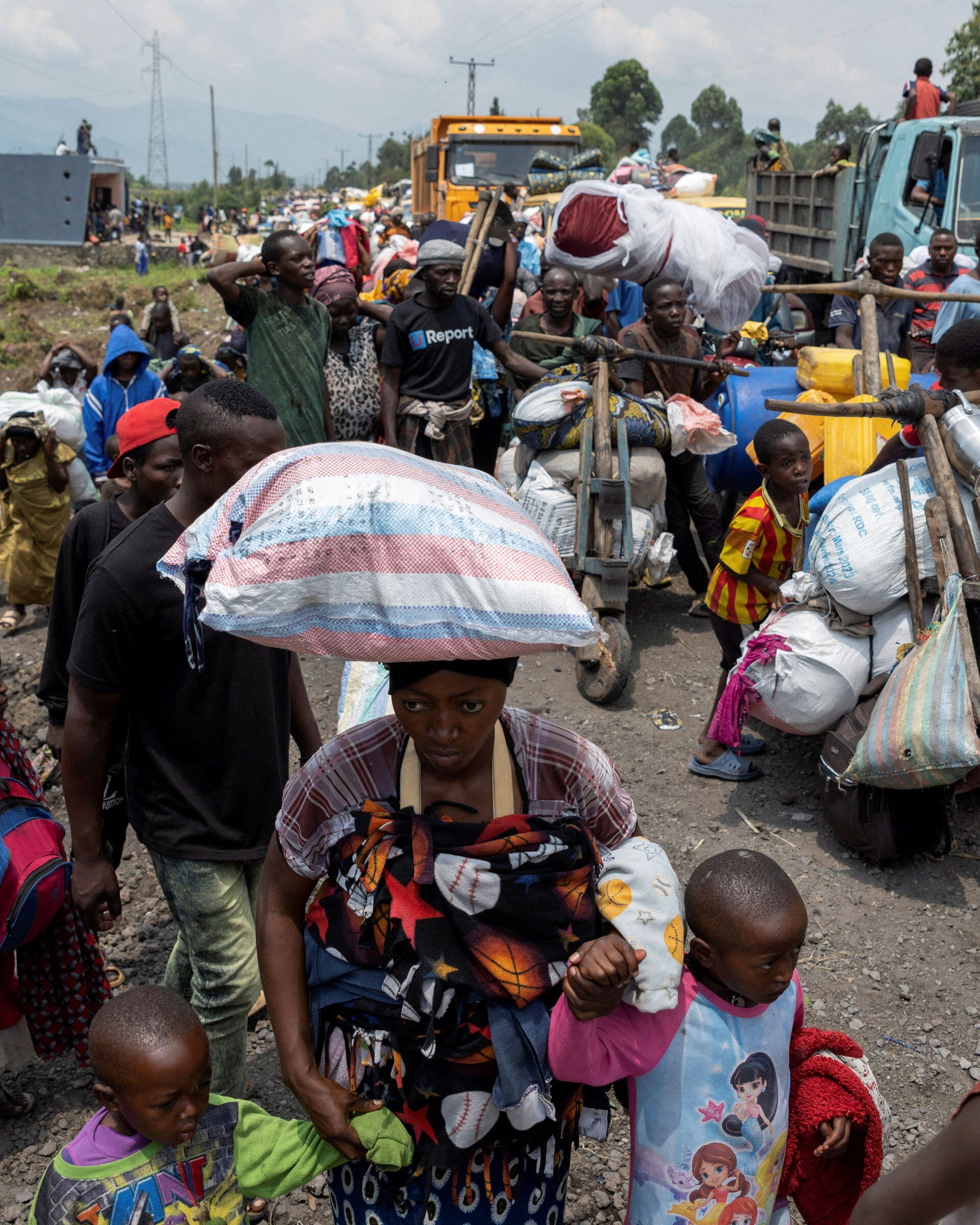
Introduction
The Democratic Republic of Congo (DRC) is currently witnessing the resurgence of the March 23 Movement (M23), an armed rebel group with a complex narrative.
This assessment delves into the intricate layers of M23, exploring its origins, objectives, structure, and the multi-faceted impact it has had on regional stability and civilian life in the DRC. As M23's presence in the North Kivu region grows, understanding the dynamics of this group becomes crucial for comprehending the broader security landscape of the DRC and the Great Lakes region of Africa.
Timeline of Key Events
- 2012: Emergence of the M23 rebellion; M23 takes control of Goma, a major city in North Kivu.
- 2013: M23 announces a ceasefire and expresses willingness for peace talks. United Nations report accuses Rwanda of creating and commanding M23.
- 2017: Resurgence of M23 activities, although on a smaller scale.
- 2022: M23 begins a major offensive, capturing the border town of Bunagana. The group advances close to Goma, causing significant displacement.
- 2023: Ongoing conflict and tensions, with M23 maintaining control over significant territories in North Kivu.
Objectives & Ideology
M23's objectives are deeply intertwined with the complex ethnic and political dynamics of the region, often blurring the lines between self-defense, rebellion, and power politics. The group's rhetoric often combines ethnic solidarity with broader issues of governance and human rights, although their actions sometimes contradict these stated principles, particularly in the context of alleged human rights abuses.
Primary Objectives
- Territorial Control: M23 seeks to establish and expand its control over territories in North Kivu, particularly areas rich in mineral resources and of strategic importance, like Goma and Bunagana.
- Protection of Tutsi Interests: The group claims to defend the rights and safety of Tutsis in the DRC, often citing the presence of Hutu militias as a justification for its activities.
- Political Influence: M23 aims to exert political influence and pressure on the DRC government to implement the March 23, 2009 peace agreement, which includes integration and better treatment of their fighters in the national army.
Ideological Foundations
- Ethnic Representation: Rooted in the desire for representation and security of the Tutsi minority in the DRC, a reaction to perceived marginalization and threats from Hutu extremist groups.
- Anti-Government Sentiment: The group harbors distrust and opposition towards the DRC government, accusing it of corruption, failure in governance, and non-compliance with previous peace agreements.
- Regional Autonomy: While not explicitly separatist, M23's actions suggest a desire for greater autonomy in managing the affairs of the territories they control, particularly in relation to resource exploitation.
Organizational Structure
M23's organizational structure reflects a hybrid of military discipline and guerrilla tactics, adapted to the volatile environment of the DRC. The group's ability to sustain its operations hinges on its control of resources and the support (allegedly from neighboring countries like Rwanda) it receives. Internal cohesion as well as command & control mechanisms are challenged by diverse motivations among members and external political pressures.
Command Hierarchy
- Leadership: M23 is led by a central command, historically headed by figures like Sultani Makenga, a Congolese national who was also a member of the Rwanda Patriotic Front (RPF). The leadership is responsible for strategic decisions, diplomatic relations, and overall direction.
- Military Wing: Comprises the bulk of the organization with structured ranks and units. It's responsible for carrying out military operations, territorial control as well as recruitment and training. The military wing is divided into groups, each with specific operational zones.
- Political Wing: Led by spokespersons and political leaders, this wing manages external relations, propaganda, and political strategies. It plays a crucial role in negotiations and articulating the group's demands and ideologies.
Communication & Propaganda
M23 utilizes various channels for communication, including social media, to disseminate propaganda, communicate with sympathizers, and articulate their stance to the international community.
External Relations
The group’s external relations involves liaising with foreign governments, NGOs, and other armed groups. This facet is essential for securing support, both in terms of resources and political backing.
Size & Composition
Estimated Size
The exact size of M23 is difficult to determine due to fluctuating casualty and recruitment reates. Estimates range from a few hundred to several thousand combatants. The group's resurgence in recent years have likely caused an increase in its numbers.
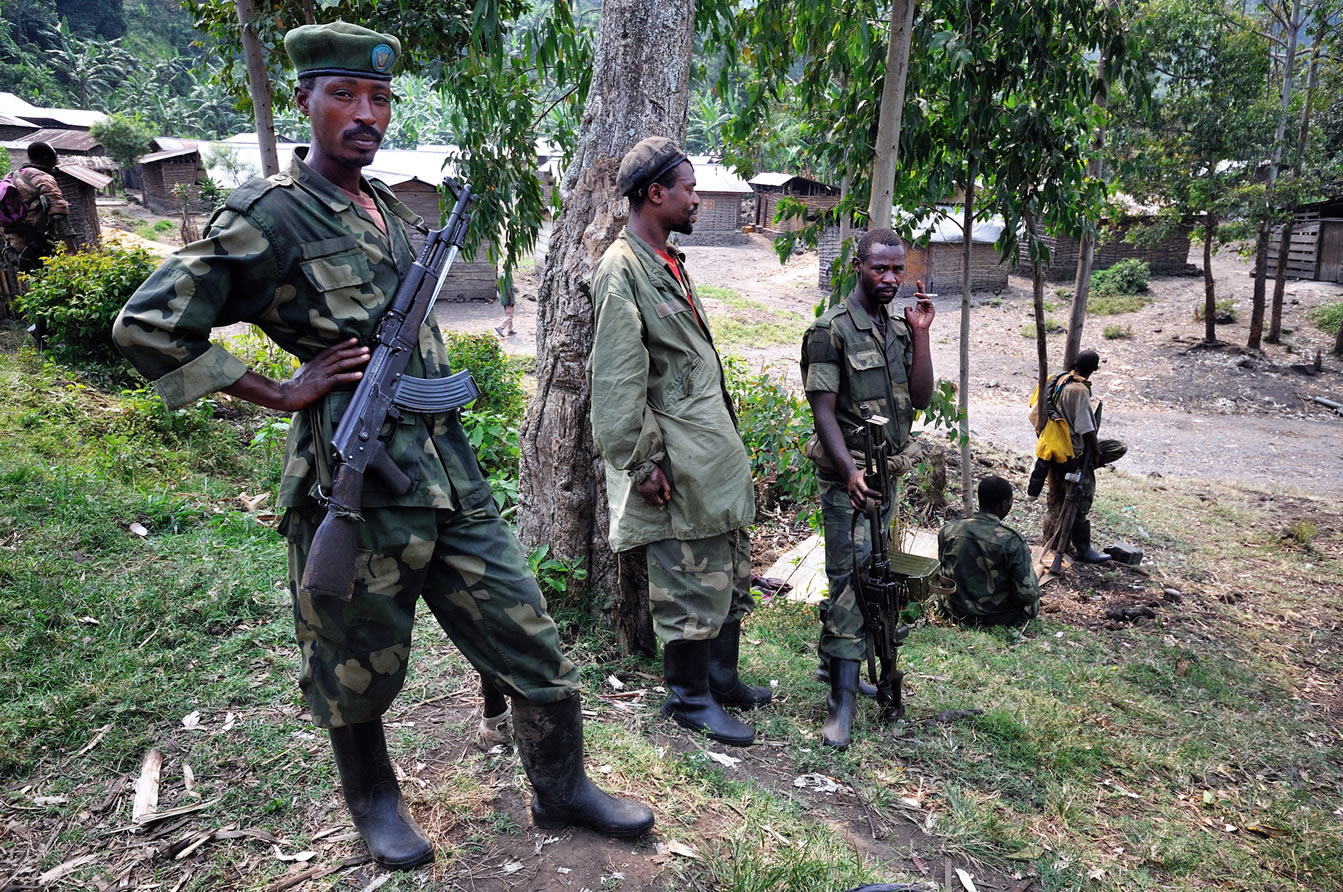
Composition
- Ethnic Composition: Predominantly Tutsi, M23's ranks are composed of ethnic groups from the DRC, particularly North Kivu. The group claims to defend the interests of the Tutsi community in the DRC.
- Former Military Personnel: Many M23 members are defectors from the Congolese army (FARDC), bringing with them military training and experience. This includes both rank-and-file soldiers and higher-ranking officers.
- Foreign Fighters: There are allegations of Rwandan involvement, with claims that some M23 members are from Rwanda or have received support from the Rwandan military. However, Rwanda consistently denies these allegations.
- Youth and Local Recruits: M23 recruits locally, often targeting young men and, in some instances, children. This recruitment is sometimes voluntary, driven by ethnic allegiance or economic desperation, and at other times coerced.
- Women: Women are part of M23, serving in various capacities, including combat roles, support functions, and intelligence gathering.
Resources & Funding
M23's financial backbone is sustained through a combination of natural resource exploitation, alleged external support and extortion within their controlled areas, contributions from the diaspora, and the control of key trade routes. These sources provide the group with the necessary funds to maintain their military operations and territorial control. The group’s key source of resources and funding include:
Exploitation of Natural Resources
The M23's primary funding source is the exploitation of natural resources in the territories they control, particularly in the mineral-rich province of North Kivu. This area is abundant in valuable minerals like coltan, gold, and tin, which are extracted and sold, providing significant revenue for the group. The illicit trade of these minerals is a cornerstone of their financial operations.
Allegations of External Support
There have been persistent allegations about external support for M23, particularly from neighboring countries like Rwanda and Uganda. This purported support is believed to include financial aid, military equipment, training and logistical assistance. While these claims are often politically sensitive and controversial, they suggest a level of external dependency that could impact the group's sustainability and regional relations.
Taxation and Extortion
In areas under M23 control, the group imposes taxes and levies on local businesses and civilians. This form of revenue generation is a common practice among armed groups in the region and contributes significantly to their operational budget. Additionally, extortion practices, including demanding payments for protection or safe passage, are employed.
Control of Trade Routes
By controlling strategic trade routes, M23 effectively regulates and benefits from the movement of goods in the region. This control allows them to impose tariffs and taxes on goods being transported through their territories, further bolstering their financial resources.
Tactics, Techniques & Capabilities
M23's combination of tactical and operational capabilities is quite complex, combining guerrilla tactics with conventional military strategies. Their access to heavy weaponry, use of technology and intelligence, psychological operations, seemingly effective recruitment and training, along with their adaptability and resilience, make them a formidable security actor in the region.
According to the Armed Conflict Location & Event Data (ACLED) about 1,789 incidents involving M23 rebels between January 2021 to January 2024, the distribution of incident types are as follows:
Armed Clashes & Attacks
Others
Looting & Property Destruction
Abductions & Forced Disappearance
The M23 group's Tactics, Techniques & Procedures (TTP) and capabilities are characterized by:
- Guerilla Warfare and Conventional Tactics: M23 predominantly employs guerrilla warfare tactics, leveraging their familiarity with the local terrain. This involves hit-and-run attacks, ambushes, and surprise raids, making them a mobile and adaptable force. However, they have also demonstrated the capacity for more conventional military operations, including the seizure and control of urban areas, as evidenced by their capture of Goma and other strategic towns.
- Use of Heavy Weapons and Artillery: The group has access to and effectively utilizes a range of heavy weapons and artillery. This includes mortars, machine guns, and rocket-propelled grenades, enhancing their offensive capabilities significantly. The possession of such armaments indicates a level of sophistication and capability beyond that of a typical guerrilla force.
- Integration of Technology and Intelligence: M23 has shown adeptness in integrating technology into their operations. This includes the use of communication devices for coordination and the potential use of drones for reconnaissance. Their operational success suggests a level of tactical intelligence and strategic planning, utilizing both human intelligence and technological means.
- Psychological Operations and Information Warfare: The group engages in psychological operations to influence the perception of local populations, opposing forces, and the international community. This includes propaganda efforts and the strategic use of information and misinformation to shape narratives and gain support or demoralize opponents.
- Recruitment and Training of Forces: M23 appears to place emphasis on the recruitment and training of its forces, drawing from a pool of experienced military personnel and local civilian population. An assessment of the group’s Tactics, Techniques & Procedures (TTP) indicate many of its forces have received some form of basic military skills, while some other units have displayed evidence of obtaining specialized military training.
- Adaptability and Resilience: M23 has demonstrated adaptability to changing circumstances and resilience in the face of military setbacks. Their ability to regroup, re-strategize, and continue operations despite challenges demonstrates their organizational resilience and indicates that fairly effective command and control structures.

The map above shows the locations of incidents involving M23 rebels between January 2021 to January 2024 based on data from ACLED.
Area of Operations
M23's areas of operation are centered in North Kivu Province, with a focus on strategic urban centers, resource-rich territories, and border areas. Their operational range is characterized by mobility and adaptability, enabling them to engage effectively in a complex and fluid conflict environment with diverse terrain and multiple security actors. The proximity to international borders adds a further dimension to their operational and strategic considerations. The group’s areas of operation are characterized as follows:
- Primary Area of Influence: M23's primary area of operation has been the North Kivu province in the eastern Democratic Republic of Congo (DRC). This region is characterized by its complex terrain, including dense forests and mountainous areas, which M23 utilizes to its tactical advantage. The group has established strongholds and operational bases in this province, from where it launches attacks and controls territory.
- Strategic Towns and Border Areas: Key urban centers, including the city of Goma and the border town of Bunagana, have been significant targets for M23. The capture of Goma in 2012 was a notable operation, demonstrating their capability to seize and hold major urban areas. Control of border towns like Bunagana facilitates access to resources and provides strategic routes for logistics and movement, potentially involving cross-border dynamics.
- Resource-Rich Territories: M23 strategically targets mineral-rich areas, like the cassiterite and coltan deposits in Walikale and gold mines in Rutshuru. This control over key resource zones provides a steady revenue stream, essential for sustaining their operations. By exerting influence in these areas, M23 leverages local mining activities for financial gain, either through direct mining or by imposing taxes and levies. This economic strength underpins their military capabilities and overall strategic positioning.
- Proximity to International Borders: The group's operations near the borders of Rwanda and Uganda are of particular significance, given the allegations of support from neighboring countries. These border areas provide strategic depth for retreat, resupply, and potential cross-border collaborations, affecting the regional security dynamics.
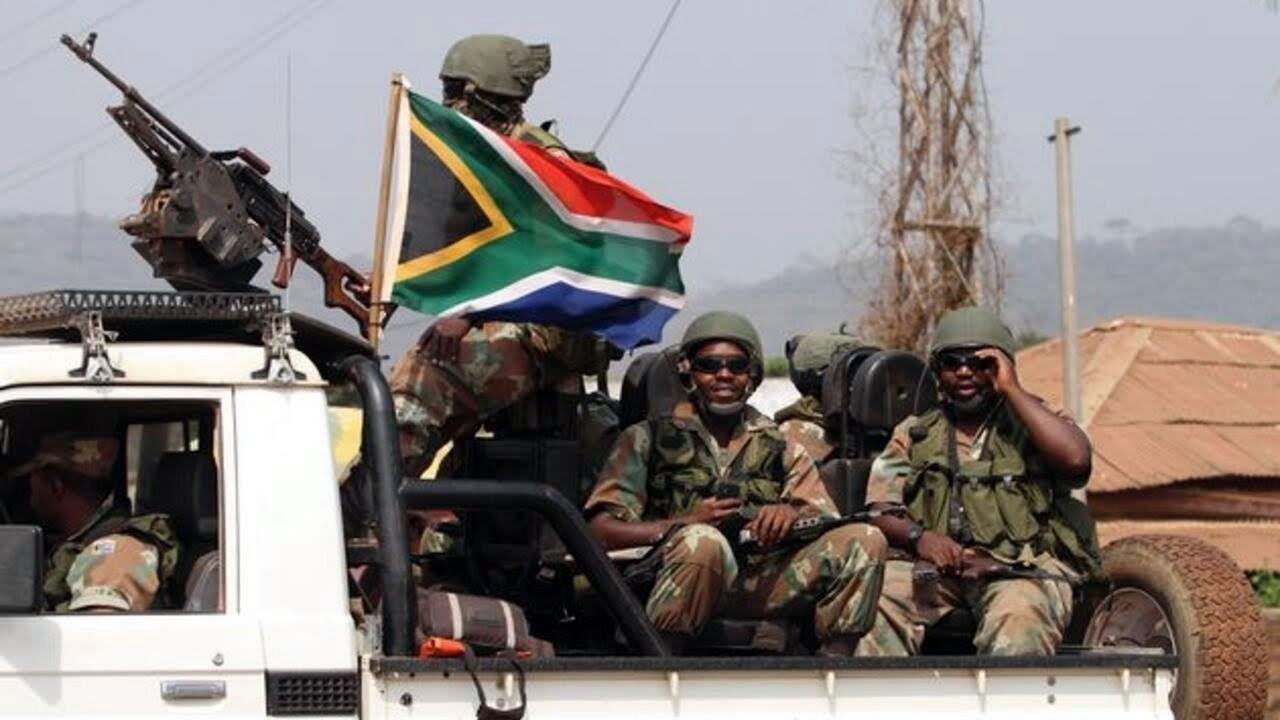
SADC Forces in the Democratic Republic of Congo
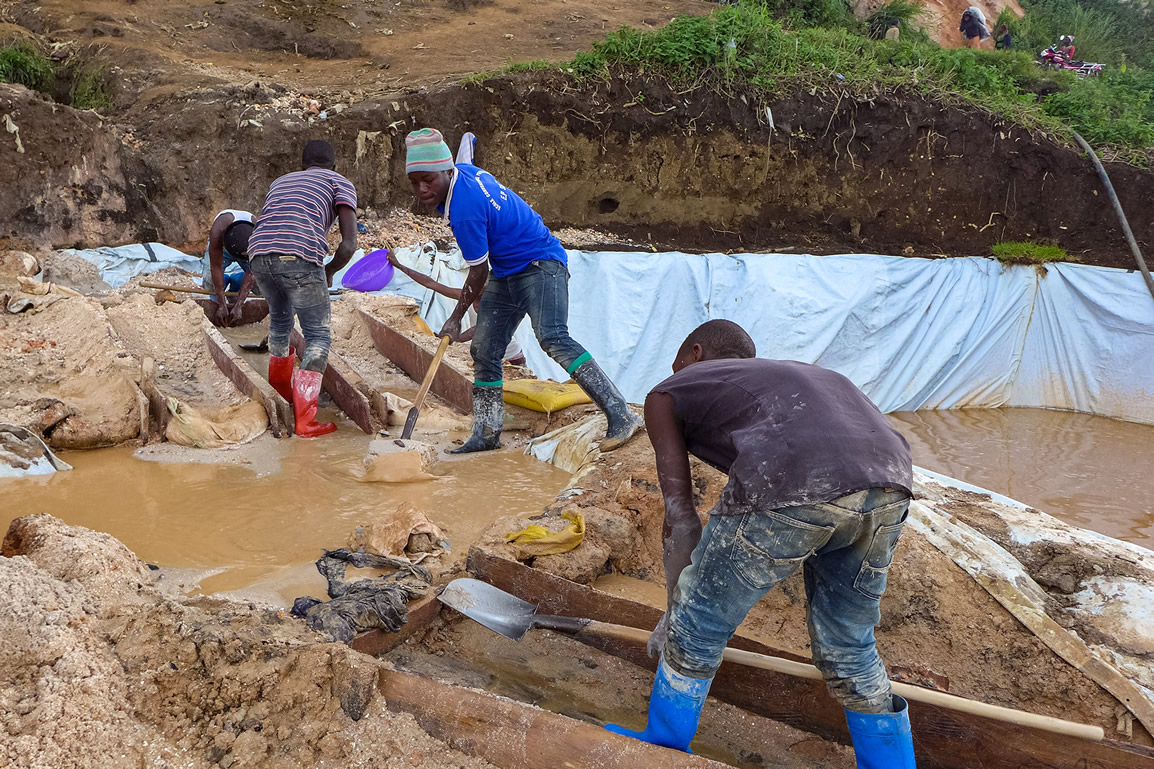
Artisanal miners digging for Coltan in North Kivu. © Noella Nyirabihogo
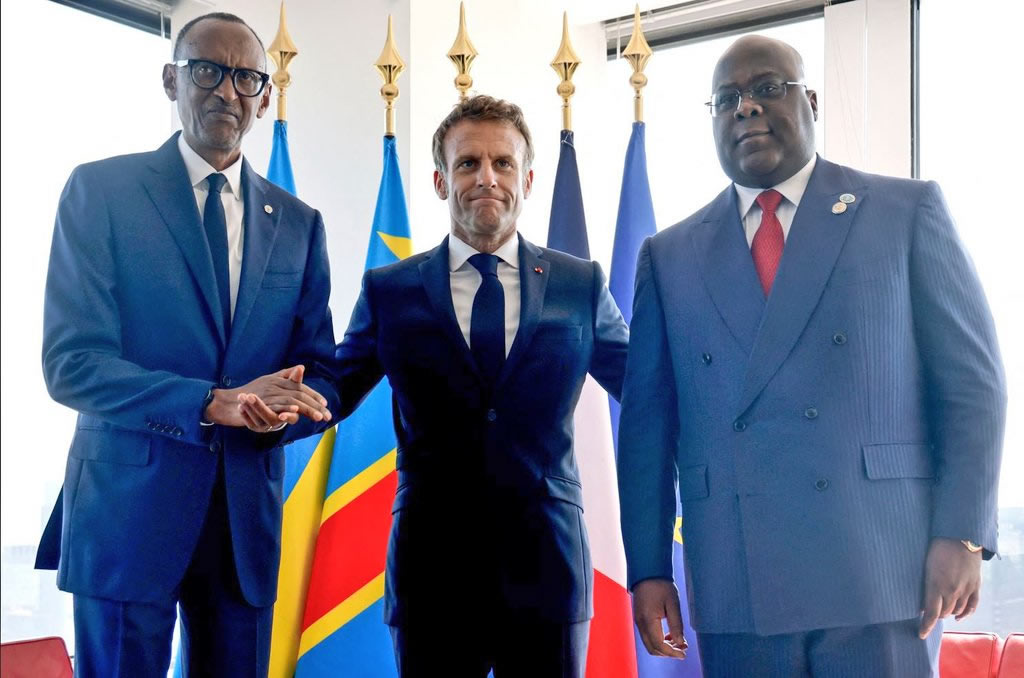
Emmanuel Macron with Paul Kagame and Félix Tshisekedi, in New York, September 21, 2022. © Ludovic Marin
Local Support & Opposition
Local Support
M23 receives local support primarily from Tutsi communities, benefiting from ethnic affiliations and perceived protection against violence. This support is further bolstered by the group's control over resource-rich areas, offering economic opportunities to locals, and their ideological stance which resonates with some, particularly regarding opposition to government neglect and advocacy for minority rights.
Opposition
Opposition to M23 arises from various fronts, including ethnic tensions with non-Tutsi groups, active military engagements from the Congolese military, international peacekeeping forces, and resistance from other armed militias with conflicting interests. Civilian resistance in areas suffering under M23's control, coupled with international condemnation and sanctions, especially due to human rights abuse allegations, significantly contribute to the group's opposition.

Nov 2022: People fleeing the fighting between government forces and M-23 rebels make their way towards Goma, Democratic Republic of Congo. ©Moses Sawasawa
Impact on Civilian Population
The M23 rebel group's activities in the Democratic Republic of the Congo, particularly in North Kivu province, have had a devastating impact on the civilian population. Their operations have led to widespread displacement, forcing hundreds of thousands to flee their homes. Human rights violations by the M23, as documented by organizations like the United Nations and Human Rights Watch, include summary executions, rape, looting, and the recruitment of child soldiers among others. These abuses have aggravated the humanitarian crisis in the region. Furthermore, the conflict has disrupted essential services and economic activities, severely affecting access to healthcare, education, and livelihood opportunities for local communities. The presence and actions of the M23 have also heightened ethnic tensions and violence, exacerbating the cycle of instability and mistrust in the region.
Potential for Negotiation & Conflict Resolution
The prospect of resolving the conflict involving the M23 rebel group in the Democratic Republic of Congo hinges on various factors, including the role of regional diplomacy and the Congolese government's approach. Regional bodies like the African Union and the International Conference on the Great Lakes Region, alongside countries like Uganda and Rwanda, have been key in mediating discussions. However, their efforts are often undermined by deep-seated mistrust and conflicting interests among the stakeholders. The DRC government's readiness to negotiate with M23 is crucial, but past peace deals, notably the March 23, 2009 agreement, have been inadequately implemented, resulting in recurring conflicts. and other global entities, is instrumental in facilitating negotiations and exerting pressure on both the M23 and regional supporters.
International influence, particularly from the United Nations Many security analysts have suggested that diplomatic efforts combined with sanctions, especially targeting nations allegedly backing M23, could significantly impact the group's negotiation stance. Moreover, the internal unity and command structure within M23 will be vital for successful dialogue. Fragmentation within the group would likely lead to only partial agreements and eventual non-compliance by all factions. For a durable resolution, it's essential to address the root causes, such as ethnic tensions and land rights issues. Without tackling these fundamental problems, any agreement may only offer a temporary halt to hostilities.
Forecast
The M23 conflict in the Democratic Republic of Congo (DRC) remains a complex issue involving ethnic tensions, regional geopolitics, and competition for natural resources. The recent deployment of multilateral forces like Southern African Development Community (SADC) Mission in the Democratic Republic of Congo (SAMIDRC) may improve the DRC military’s chances of degrading the M23 group’s capabilities and pushing them out of key strongholds. This development could impact the balance of power and influence on-the-ground realities. However, addressing the deeper socio-political and economic roots of the insurgency is crucial for lasting peace. The international community and regional organizations must foster comprehensive negotiations and holistic solutions. The situation requires ongoing attention and a sophisticated approach to ensure stability in the Great Lakes region.
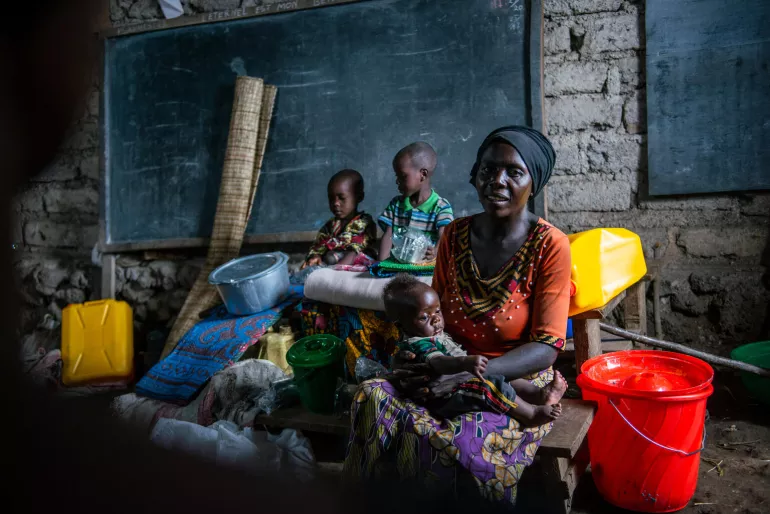
© UNICEF



